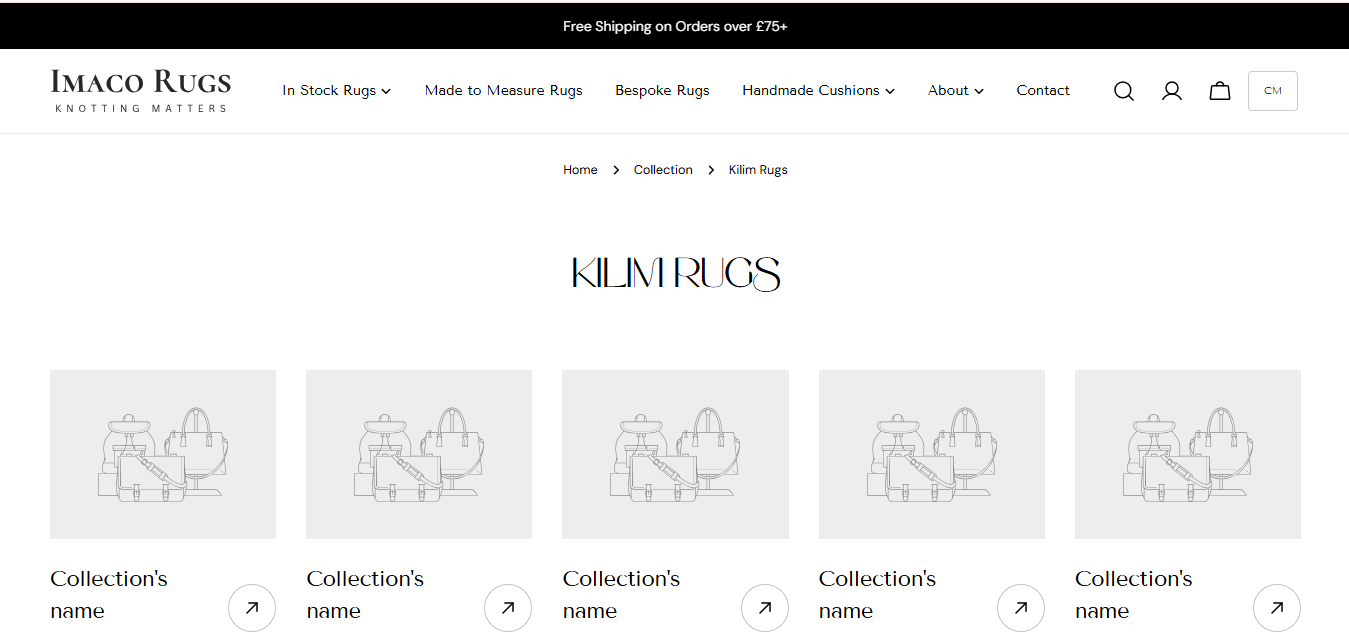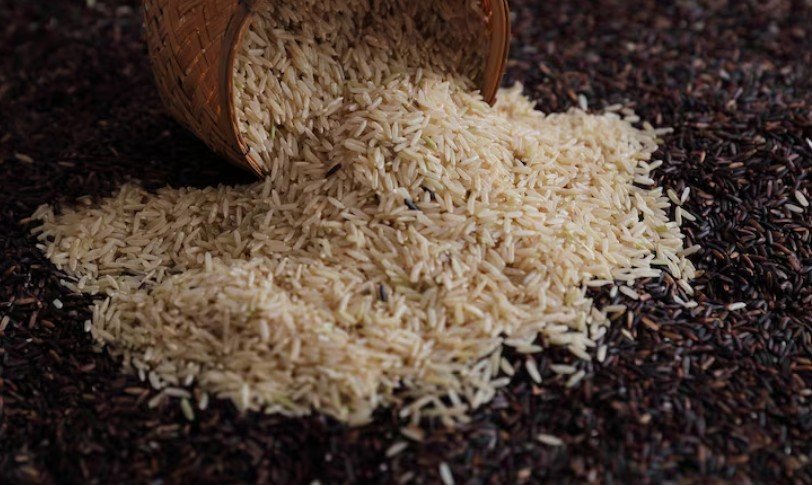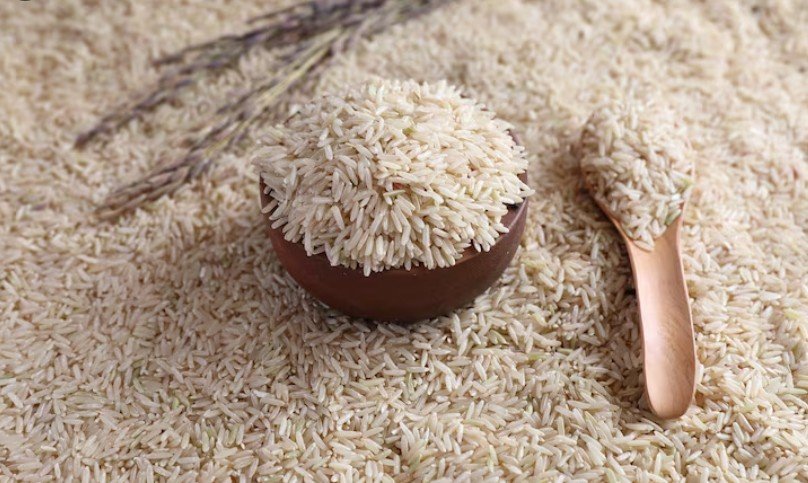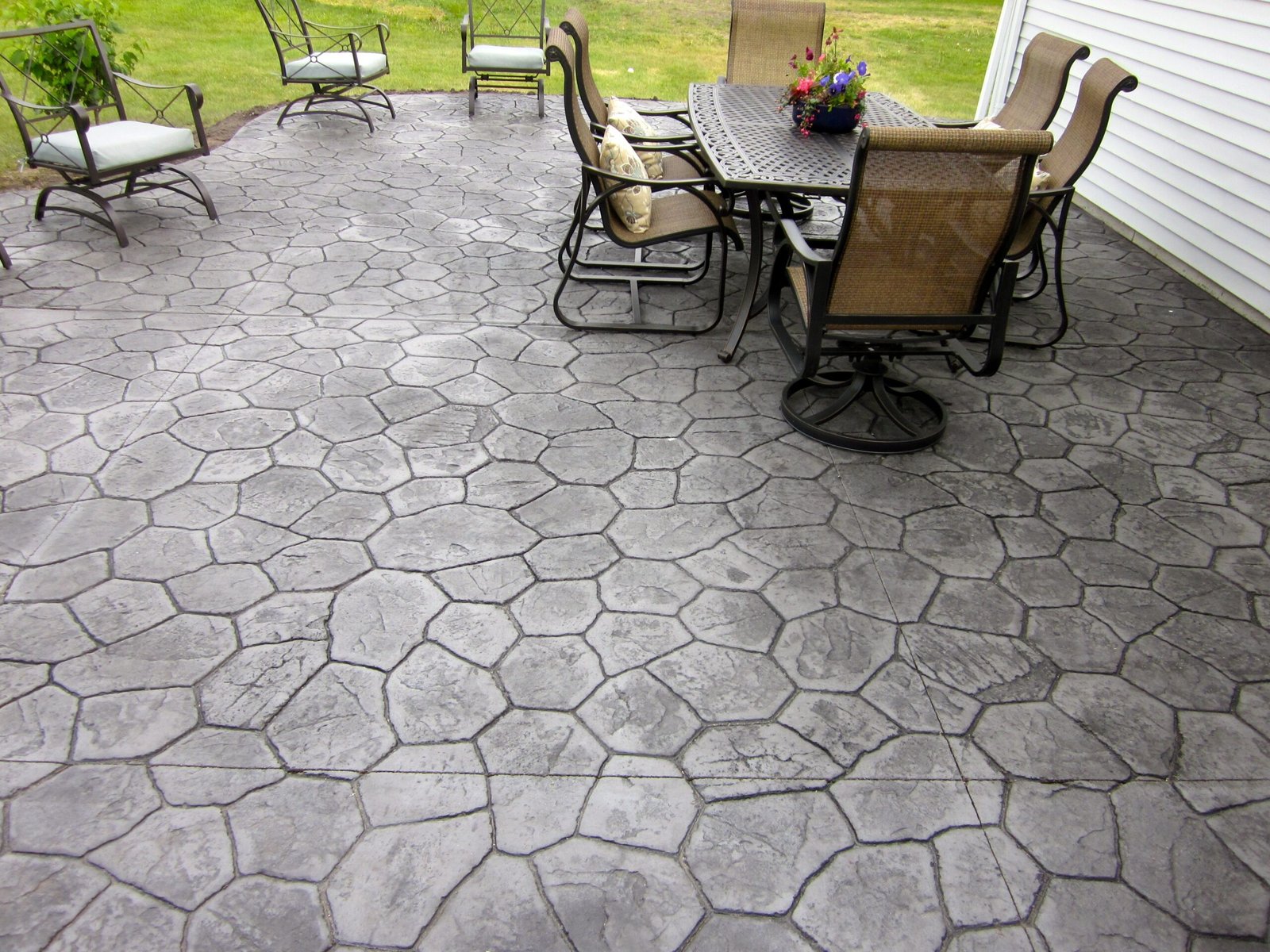The world of home décor has always been a reflection of cultural heritage, personal taste, and the art of storytelling through design. Among the most captivating elements in interior styling are rugs and kilims, which have evolved from humble, functional textiles into coveted statement pieces. Whether displayed in a luxury penthouse, a rustic countryside home, or a cozy apartment, these woven masterpieces hold the power to completely transform a space.
Origins Rooted in Culture and History
For centuries, weaving has been an integral part of human civilization, serving both practical and symbolic purposes. In ancient Anatolia, Persia, and Central Asia, weaving was not merely a craft but an art form passed down through generations. Nomadic tribes relied on their weaving skills to create warm coverings for survival, while also embedding symbolic motifs that told stories of love, protection, prosperity, and faith. These cultural imprints remain visible in authentic pieces today, making them more than simple décor—they are living records of history.
The Art of Weaving
At the heart of their beauty lies the craftsmanship of skilled artisans. Each piece requires patience, expertise, and a deep understanding of traditional techniques. Wool, cotton, and silk remain the most common materials, chosen for their durability and tactile qualities. The use of natural dyes, derived from plants and minerals, creates rich tones that age beautifully over time. This dedication to natural materials and manual weaving methods ensures every piece is unique, carrying the imprint of the weaver’s hand.
How Rugs and Kilims Elevate Interiors
The magic of these woven textiles lies in their versatility. A richly patterned rug can anchor a living room, infusing warmth and personality into a neutral space. Kilims, with their flat-weave structure, can be layered over other carpets, used as wall hangings, or even repurposed into cushions and upholstery. They adapt effortlessly to different design themes—be it Scandinavian minimalism, bohemian eclecticism, or classic elegance.
Choosing the Perfect Piece
Finding the right rug or kilim requires balancing aesthetics, function, and authenticity. Consider factors like size, color scheme, and placement before making a purchase. For high-traffic areas, durable wool rugs are ideal, while silk pieces work better in spaces where they can be admired without heavy wear. Understanding regional weaving traditions—such as Turkish, Persian, or Moroccan—can also help you select a piece that aligns with your personal taste and budget.
Maintaining the Beauty for Generations
Proper care is essential to preserving these handcrafted treasures. Regular light vacuuming, avoiding excessive sunlight, and rotating the piece occasionally help prevent uneven fading and wear. For spills, immediate gentle blotting is key, while professional cleaning ensures longevity. When stored, they should be rolled rather than folded to prevent creases and fiber damage.
The Investment Perspective
Beyond their decorative appeal, authentic handwoven rugs and kilims can serve as long-term investments. Antique pieces, rare designs, and works from renowned weaving regions often appreciate in value. Collectors prize them not only for their beauty but also for their cultural and historical importance, making them a cherished asset in both emotional and financial terms.
In a world dominated by mass-produced décor, the charm of handcrafted pieces remains unparalleled. Rugs and kilims embody centuries of tradition, artistry, and cultural exchange, offering beauty that transcends trends. Owning one is not just about decorating a space—it’s about preserving a story, a craft, and a heritage that will continue to inspire for generations.
Home décor has always been more than just about arranging furniture—it’s about creating an atmosphere that reflects personality, values, and a sense of belonging. Among the many decorative elements available, rugs and kilims hold a special place because they combine beauty, cultural heritage, and practical functionality. These woven masterpieces have traveled across centuries and continents, evolving from essential household items into highly prized works of art.
Whether adorning the floors of a luxurious living room, hanging gracefully as wall art, or serving as a statement piece in a cozy apartment, these textiles add layers of depth and warmth to any space. Their beauty is not only in their patterns and colors but also in the centuries-old stories embedded in every weave.
A Journey Rooted in History and Culture
The history of woven rugs and kilims stretches back thousands of years, with their origins deeply tied to the traditions of nomadic tribes in regions such as Anatolia, Persia, and Central Asia. For these early communities, weaving was far more than a craft—it was a way of life. The textiles they produced were not just for decoration but for survival, offering warmth in cold climates and serving as multifunctional pieces in portable homes.
Patterns carried meaning, often acting as symbolic language passed down through generations. For example, geometric motifs could represent fertility, protection from evil, or wishes for prosperity. Even today, antique pieces retain these symbolic elements, making them not only functional but also deeply meaningful cultural artifacts.
The Mastery of Hand Weaving
One of the reasons these textiles remain so valued is the meticulous craftsmanship required to create them. Hand weaving is a skill honed over years, often learned within families where the techniques have been passed down for centuries.
The choice of materials is equally important. Wool remains the most common fiber due to its durability, warmth, and natural resistance to dirt. Cotton is often used for the foundation, adding strength to the structure, while silk is reserved for luxurious, high-end pieces with an unmistakable sheen.
Dyes are traditionally sourced from natural elements such as plants, roots, and minerals, giving the colors a richness and depth that synthetic dyes often struggle to match. The process is slow—sometimes taking weeks or even months for a single piece—but the result is a work of art that can last for generations.
Rugs vs. Kilims: Understanding the Difference
Although often mentioned together, rugs and kilims differ in both texture and weaving techniques. Rugs typically have a pile, meaning the fibers are knotted in such a way that they create a soft, raised surface underfoot. This plushness adds warmth and comfort, making them ideal for areas where coziness is a priority.
Kilims, on the other hand, are flat-woven without a pile. This gives them a lighter, thinner structure and makes them reversible—an appealing feature for those who enjoy changing their décor without purchasing new items. Kilims often have bold, geometric designs and are valued for their versatility, as they can be used as wall hangings, table coverings, or even upholstery.
Elevating Interior Spaces
One of the greatest strengths of rugs and kilims is their adaptability in interior design. A richly patterned rug can anchor a minimalist room, becoming the focal point that brings the entire space together. Kilims, with their flatter profile, work beautifully layered over larger neutral carpets or used to add a splash of color in unexpected places, such as entryways or reading nooks.
Their timeless designs mean they transcend trends. A tribal-inspired rug can add warmth to a modern industrial loft, while a delicate silk kilim can enhance the elegance of a traditional sitting room. Designers love them because they offer both visual interest and tactile comfort.
Choosing the Perfect Piece
When selecting a piece for your home, it’s important to consider both aesthetics and practicality. The size should be proportional to the room—too small and it can make the space feel disconnected; too large and it may overpower other design elements.
Color is another key consideration. Bold, contrasting colors can create drama and energy, while softer, muted tones promote calm and relaxation. Placement also matters: wool rugs are durable enough for high-traffic areas like hallways, while more delicate silk pieces should be reserved for spaces where they can be admired without heavy wear.
Additionally, understanding the origin of the piece can help ensure authenticity. Each weaving region has distinct techniques and motifs, so knowing these can help you make an informed and valuable purchase.
Preserving Their Beauty
Caring for these woven treasures is essential to maintaining their beauty and value. Gentle, regular vacuuming helps prevent dirt from settling into the fibers, while rotating the piece occasionally ensures even wear. Avoid placing them in direct sunlight for long periods, as this can cause fading.
Spills should be addressed immediately with gentle blotting—never rubbing—to prevent the stain from setting. For deeper cleaning, professional services that specialize in handwoven textiles are recommended. When storing, rolling the rug or kilim is better than folding, as this prevents creases and fiber damage.
An Investment That Lasts
Beyond their decorative appeal, these textiles can also be valuable investments. High-quality, authentic pieces often appreciate over time, especially those with historical significance or exceptional craftsmanship. Collectors seek out rare patterns, regional specialties, and antique examples, knowing that their value is likely to increase.
For homeowners, investing in a well-crafted rug or kilim offers both immediate beauty and long-term benefits. It’s a purchase that, with proper care, can be passed down to future generations as a treasured family heirloom.
Final Thoughts:
In an age dominated by mass-produced décor, the artistry and authenticity of handcrafted rugs and kilims stand out more than ever. They are not just home accessories—they are stories woven into every thread, connecting us to cultures, traditions, and artisans from around the world. Owning one is more than a style choice; it’s a celebration of heritage, craftsmanship, and the enduring appeal of true handmade beauty.












Leave a Reply